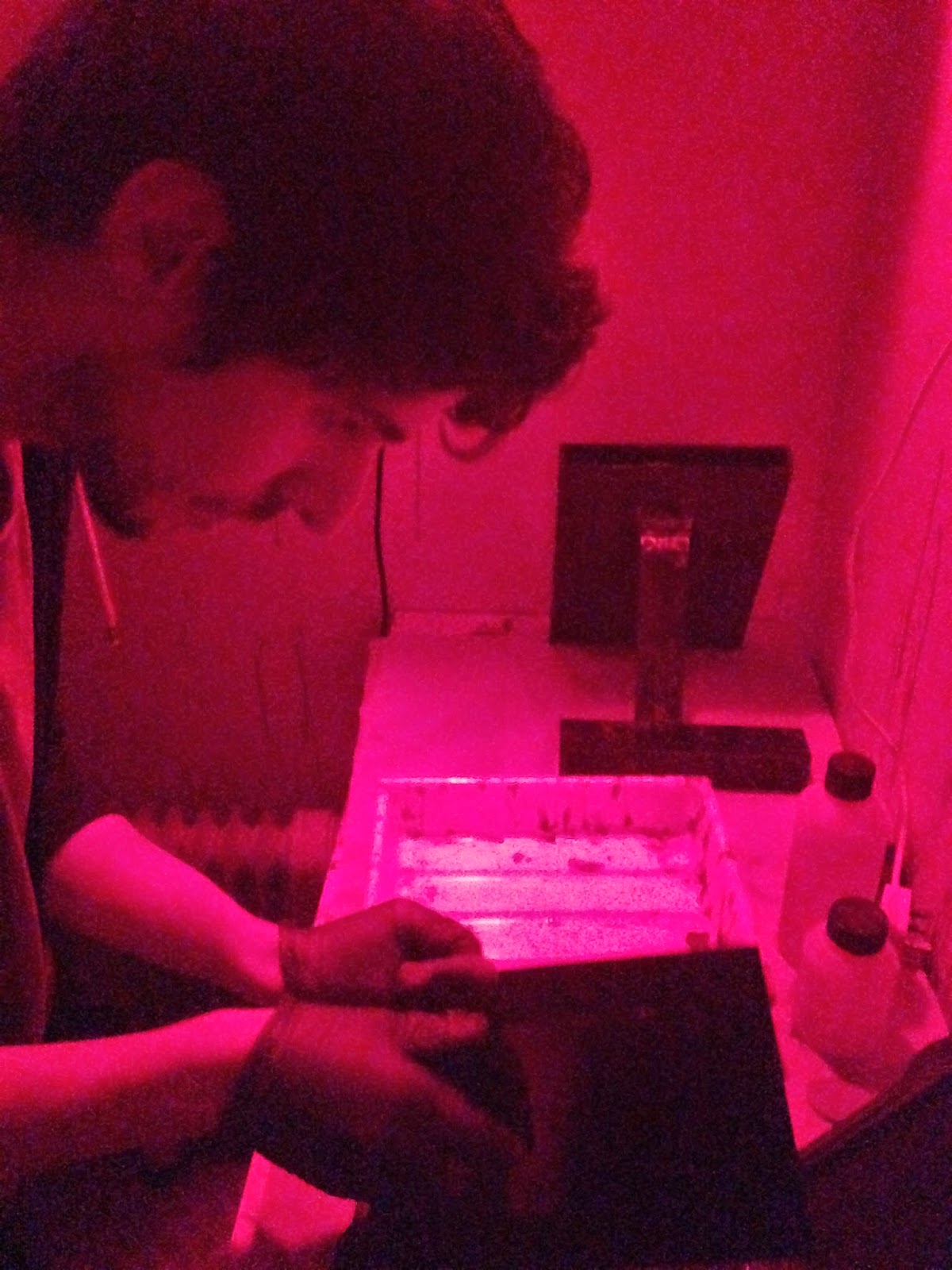Modernism
Modernism starts in the late 19th until the early 20th centuries.
Starts in 1851 with The Great Exhibition in Paris, France.
The Great Exhibition
- The architectural, economic and political modernism derived from the great exhibition presented an ideal industrial world
- Although at the time, it was presented as a great feat of modernism, its expression was early and only eventually influential, an announcement of a new regime.
"The unwillingness of the British bourgeoisie to accept and live with such a brilliant expression of its own modernity"
Marshall Berman
The cultural authority of the bourgeois, a social class who's power came from employment, education and the industrialised world as opposed to those who's power came from beintg born into an aristocratic family, waned as the advancement of industrial technology showed that they would not be needed anymore.
What is modernism?
- A philosophical movement that rose from the transformations and development of Western society.
- Included the creations of those who felt the traditional forms of art, architecture, literature, religious faith, philosophy, social organisation and activities of daily life were becoming outdated in the new economic, social, and political environment of an emerging fully industrialised world.
- Emphasises the power of human beings create, improve and reshape their environment with the aid of practical experimentation, scientific knowledge or technology.
The romantic opposition
- Major figures in the movement included poets William Blake and William Wordsworth
- The importance of nature in art and language was stressed in contrast to the "monstrous" machines and factories shown by the "dark satanic mills" of William Blake's poem and "did those feet in ancient times"
The Industrial Revolution
- Through this industrial revolution new ideas were being presented that caused excitement and rebellion against "traditional" tinking.
"We affirm that the worlds magnificence has been enriched by a new beauty, the beauty of speed."
Futurist Manifesto, 1905
Lewis Hine

- The Greek myth of icarus
- Contrast enormously with traditional neoclassicism thinking, in which the higher up in a picture/painting one was the closer to God they were
- Technological advancements make this image possible
"Icarus (1931)"
Lunch atop a Skyscraper (1932)
The 11 men are depicted eating their lunch upon a steel girder on the 69th floor.
All seems to be engaging with each other except the 11th man , after a closer look, happens to have an alcohol bottle in his hand.
There is some indication that most if the men in this photograph are Irish immigrants, with men nine and ten being Hungarian. Man eleven was later identified as being an immigrant from Slovakia
Modernism to post-modernism
Lewis Hine
Lewis Hine was working on a photo documentary about steel workers in the 1920s when the second industrial revolution was pounding. If I have a closer look at the picture I also notice a bit more than it is just a single frame. If I research on the history when the image was made, I realize that it is more likely a promotional work than a documentary. In the 20s steel workers were usually covered in dirt and oil, but this person on the picture is clean and groomed, even his clothes are almost splendid. In the beginning of the 19th century the steel was the mass product and every building was built on this material. It is important. On the image the worker looks masculine and is in complete balance with the machine itself. The posture add more to the masculine look and creates a strong composition. Because this era is the beginning of something new we are still in control over the equipment. The Americans are very proud thanks to their steel based industry the country is economically strong.
However on the next photograph the result after the research is a little bit different.
Sebastiao Salgado in style very similar to Hine. Salgado is a documentary photographer and mainly photographed social documentary themes and labour workers around the world. The image was taken in 1991 just after the First Gulf war. There is a big difference between the two images. The person on the photograph is completely different from the steel worker. This man looks tired and hopeless. Once men were proud of the machines what we created, now feeling let down by them. We became kind of lazy thanks to the machinery. Not a masculine looking model, the everyday use of equipment what made our life easier also made us more lazy. Looks like he lost control over the machines or the technology. The story behind the picture is about firefighters from around the world has been sent to Kuwait to stop the oil burning, what the Iraqi forces set on fire. Again economic implications, most of the countries economy built on the "black gold", oil. Just like in the very beginning of the century, but then the steel was the main material. The composition is similar to Heins imagel. Main element is a circle or a wheel the first invention by mankind, but the focus is on the human what shows us we are in charge and we have to do something.
Only 70 years passed by since Lewis Hine photographed the steel worker, and the two photographers vision about mankind and machine is completely different. Huge contrast between the two era.

















